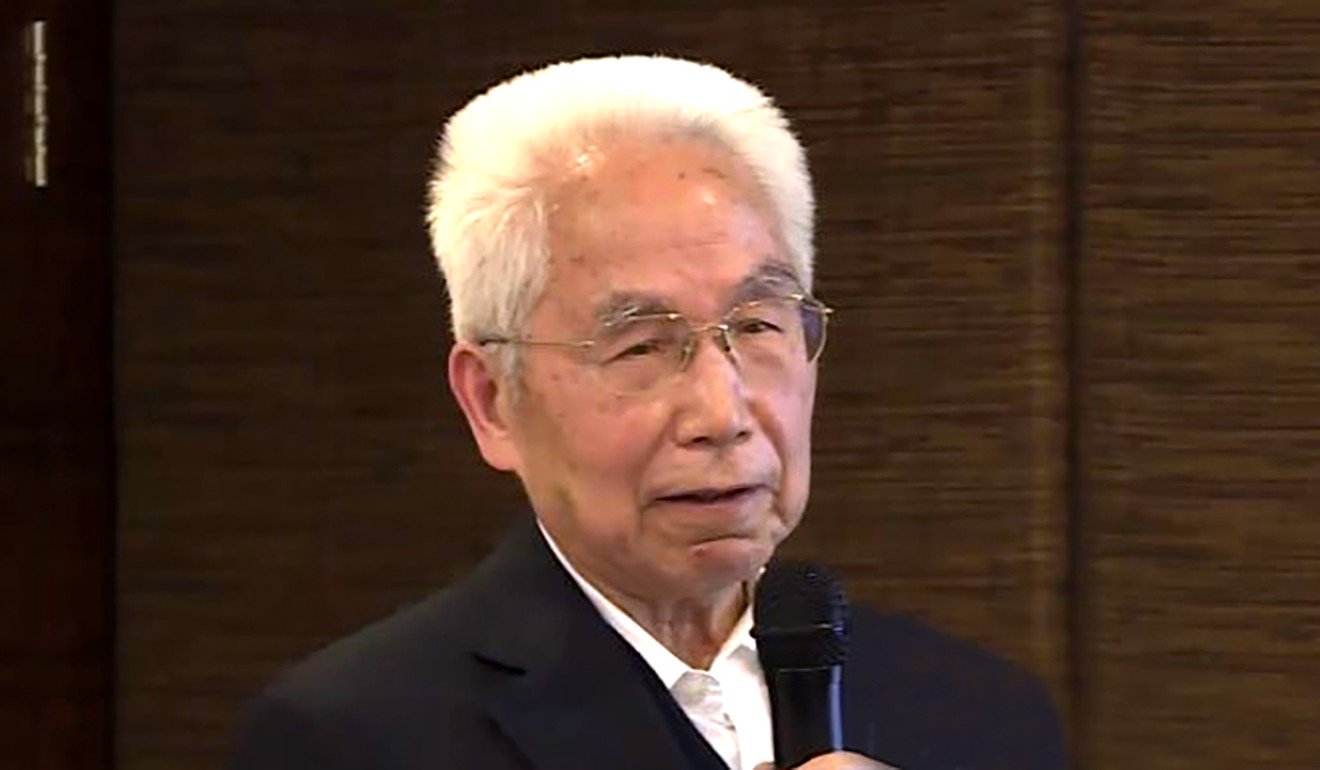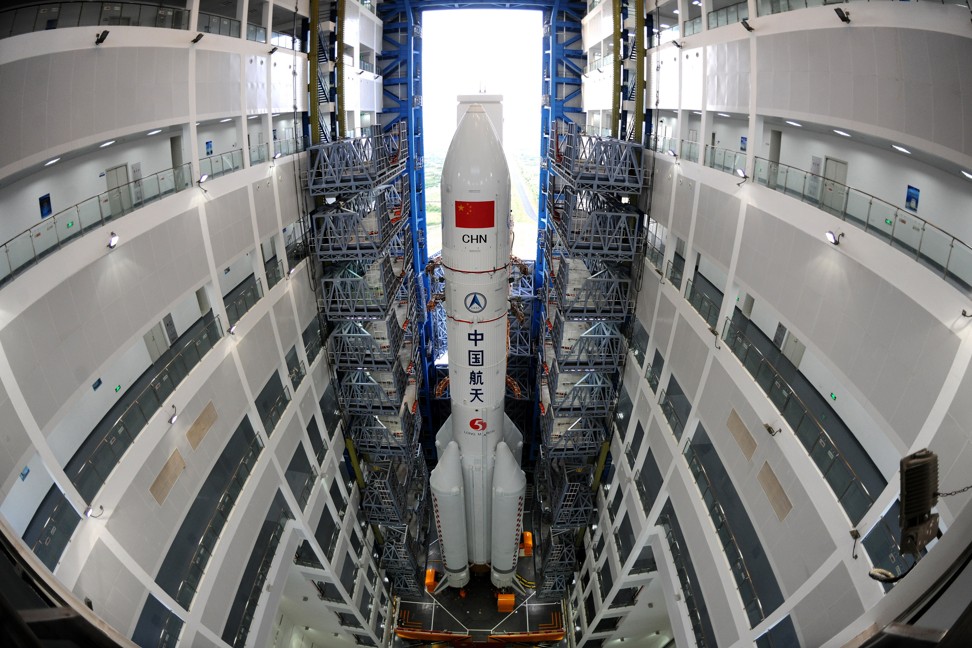
China can have its own Falcon Heavy, rocket scientist says
Preliminary work on the Long March 9 is under way and awaiting government approval, according to chief designer

China should push ahead with development of its own heavy-lift rocket so that it can surpass SpaceX’s Falcon Heavy, a Chinese rocket scientist said on Thursday.
Long Lehao, chief carrier rocket designer at the China Academy of Launch Vehicle Technology, told Global Times, published under party mouthpiece People’s Daily, that the Long March 9 rocket could be ready within 10 years.
Preliminary work on the rocket was under way, and scientists were waiting for government approval to go ahead with it, Long said.
He made the remarks after Elon Musk’s SpaceX successfully launched its powerful Falcon Heavy rocket on Tuesday, sparking comparisons between US and Chinese space technology on social media in China – with the consensus that China is lagging further behind.
“Based on China’s current technology, it would be entirely possible to develop the model [Long March 9] within a decade after it’s approved,” Long said, adding that it would aim to be one of the world’s most powerful carrier rockets.

The Falcon Heavy draws on the design of the company’s smaller Falcon 9 and can deliver up to 64 tonnes into standard low-Earth orbit, making it the most powerful rocket in operation – second only to the Saturn V rockets which were used in the Apollo missions.
The cost is estimated at US$90 million per launch – about a quarter of the cost of the Delta 4 Heavy, one of the main rockets in the US space fleet.
The Falcon Heavy’s payload means SpaceX can use it to launch bigger satellites for military and intelligence use, as well as for space exploration programmes to Mars and outer planets such as Jupiter and Saturn.
China’s biggest and most powerful launch vehicle so far is the Long March 5, which is an important part of the country’s more ambitious projects including sending humans to the moon. Its debut launch in November 2016 was declared a success but in a setback for the programme, its second launch failed in July.

Now China is researching its own super heavy-lift launch vehicle, the Long March 9, which could potentially place up to 140 tonnes into near-Earth orbit, surpassing the power of the Falcon Heavy.
The Long March 9 is intended to be used for a manned lunar landing by 2030, as well as deep space exploration missions.
Song Zhongping, a military commentator based in Hong Kong, said the Falcon Heavy milestone would have been a shock for those involved in the Chinese space programme, but China should develop its technology at a steady pace.
“China needs to resolve the technical problems with its Long March 5 rocket first, and make it more reliable in the coming two years, because that is the basis for developing the Long March 9 rocket,” Song said.
Work could officially begin on the new rocket soon after the technical issues were ironed out with the Long March 5, Song said. He added that the space tech programme needed more talent and urged private investors to get involved to boost the competitiveness of China’s space industry.